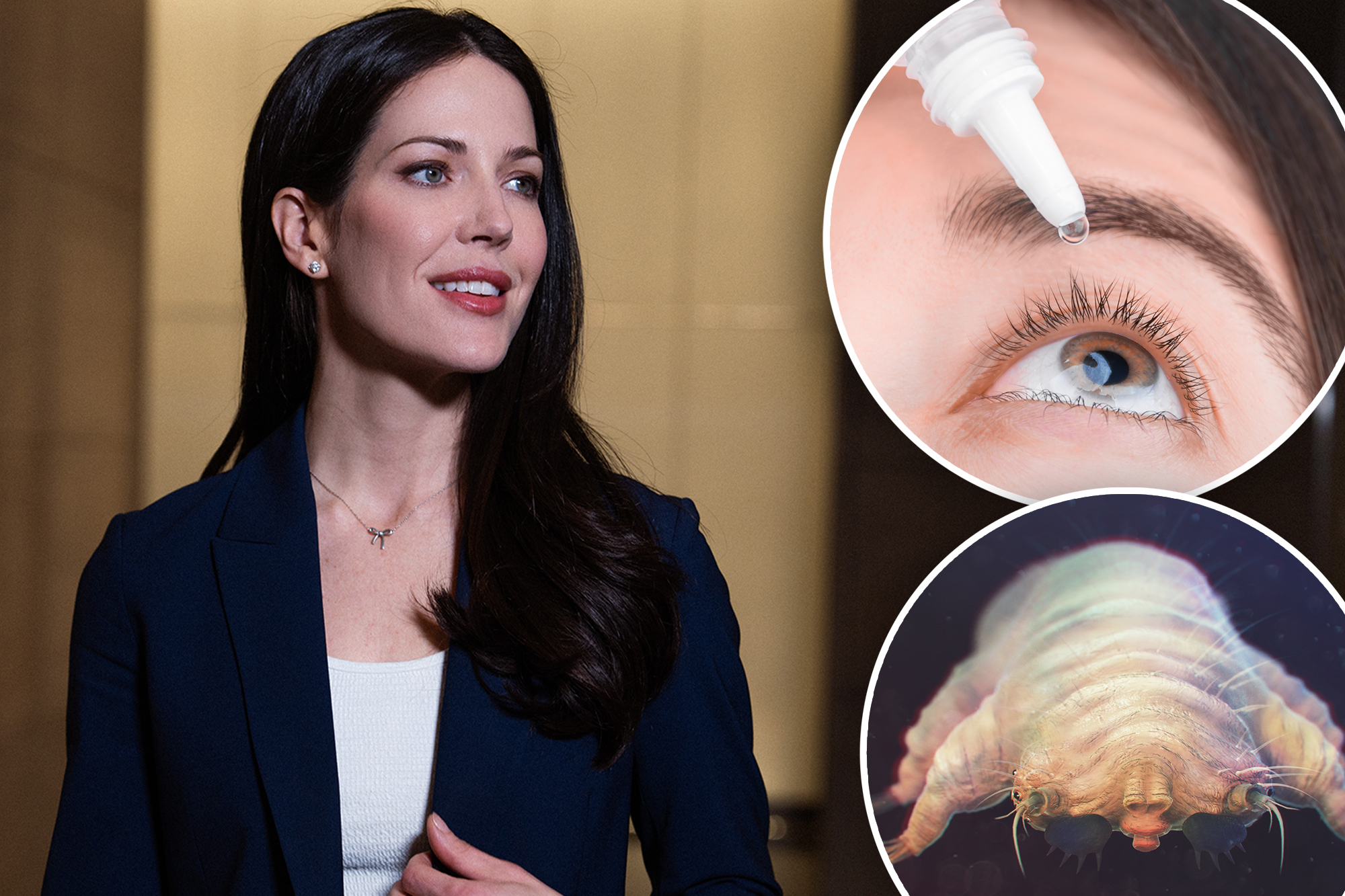Over 20 million Americans suffer from dry eye disease, a condition characterized by insufficient tear production or rapid tear evaporation. Various factors contribute to this issue, including dry air, wind, autoimmune diseases, certain medications, excessive screen time, vitamin A deficiency, and contact lens usage. Recently, Dr. Ashley Brissette, a board-certified ophthalmologist at Kelly Vision in New York City, highlighted a less commonly recognized cause: microscopic pests known as eyelash mites or Demodex.
While these mites are typically harmless and present in nearly everyone, an overgrowth can lead to problems such as blepharitis, which causes inflammation of the eyelids, redness, and dry eye symptoms. Dr. Brissette explained, “An overgrowth of these mites, which feed off of the bacteria that lives on our lashes, can lead to conditions like styes, itchy eyes, and irritation.”
Understanding Eyelash Mites
Most people naturally host a small population of Demodex in their hair follicles and sebaceous glands. Measuring around 0.4 millimeters, these mites reproduce while their hosts sleep, generally without causing issues. However, factors like a compromised immune system, certain skin conditions, or poor hygiene—such as sharing towels or cosmetics—can lead to a proliferation of these pests.
Symptoms of an infestation can include itchy, red eyes, crusting on the eyelids, and even loss of eyelashes. “The mites can cause distention of the eyelash follicle and cause natural lashes to fall out,” Dr. Brissette noted, adding that styes, particularly when chronic, can be particularly distressing due to their visibility and discomfort.
How Mites Contribute to Dry Eye
Dry eye symptoms can worsen during summer months, exacerbated by air conditioning, environmental allergens, and poor air quality. The meibomian glands, which produce the oily layer of the tear film, can become inflamed due to mite overgrowth. Dr. Brissette emphasized that this inflammation disrupts the eye’s ability to remain lubricated, leading to symptoms such as burning, stinging, and sensitivity to light.
“Inflammation can impair tear production and affect the eyelids’ ability to spread tears evenly across the eye, further exacerbating dryness,” she explained.
Treatment Options Available
Fortunately, there are effective treatments available for those affected by eyelash mites. One option is the prescription eye drop Xdemvy, which is taken twice daily for six weeks to eliminate the mites. Alongside medication, Dr. Brissette strongly recommends washing the eyelids daily with a specialized eyelid cleanser. This practice not only removes mites but also cleanses away the bacteria and debris they feed on, helping to prevent future infestations.
Dr. Brissette suggests the Purifying Foam Cleanser from Daily Practice by Dr. B as a highly effective choice. Consistent daily cleansing is crucial for maintaining eye health and preventing complications related to eyelash mites.
While the notion of sharing space with these microscopic creatures may seem unsettling, understanding their role in dry eye disease can lead to effective management and relief. By implementing proper hygiene practices and utilizing appropriate treatments, individuals can combat the discomfort associated with dry eye and improve their overall ocular health.








































































